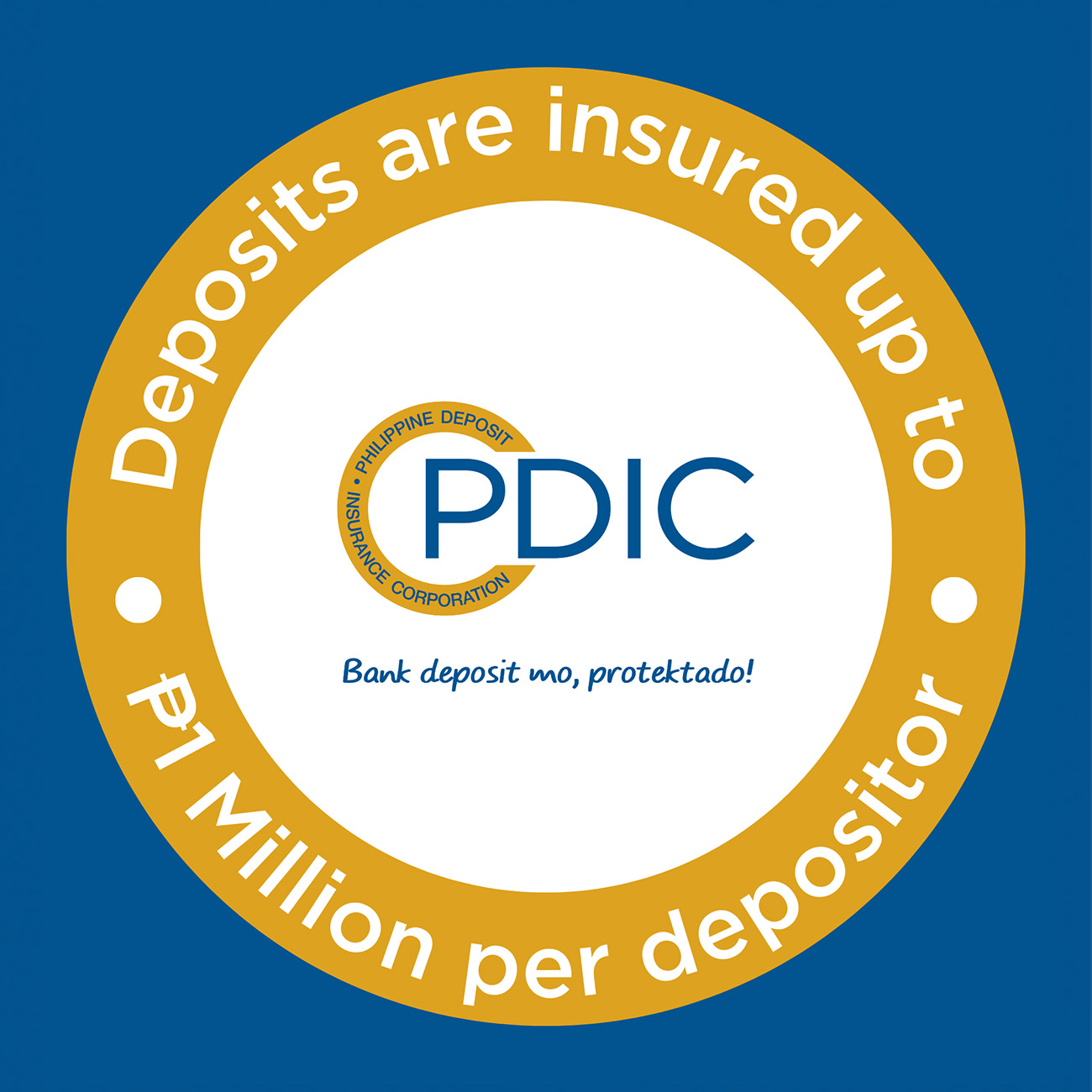“What is renewable energy?”, United Nations, https://www.un.org/en/climatechange/what-is-renewable-energy
2023 Power Statistics, Ph Department of Energy, 19 July 2024, https://doe.gov.ph/sites/default/files/pdf/energy_statistics/01_Summary_of_2023_Power_Statistics.pdf
Power Development Plan 2020-2024, Ph Department of Energy, https://doe.gov.ph/energy-information-resources?q=power-development-plan#:~:text=In%20line%20with%20the%20DOE's,50%25%20by%202040%20were%20adopted.
List of Existing Power Plants (Grid-connected) as of 30 April 2024 – Luzon Grid, Ph Department of Energy, https://doe.gov.ph/sites/default/files/pdf/electric_power/01_Luzon_Grid_30_apr_2024.pdf
List of Existing Power Plants (Grid-connected) as of 30 April 2024 – Visayas Grid, Ph Department of Energy, https://doe.gov.ph/sites/default/files/pdf/electric_power/02_Visayas_Grid_30_apr_2024.pdf
List of Existing Power Plants (Grid-connected) as of 30 April 2024 – Mindanao Grid, Ph Department of Energy, https://doe.gov.ph/sites/default/files/pdf/electric_power/03_Mindanao_Grid_30_apr_2024.pdf
Global Solar Atlas, https://globalsolaratlas.info
Global Wind Atlas, https://globalwindatlas.info/
Hydropower Basics, US Department of Energy – Office of Energy Efficiency and Renewable Energy, https://www.energy.gov/eere/water/hydropower-basics
Para sa kaalaman, Philippine Institute of Volcanology and Seismology (PHIVOLCS), 11 February 2021, https://www.facebook.com/photo.php?fbid=3521850567923816&id=283303355111903&set=a.285127764929462





